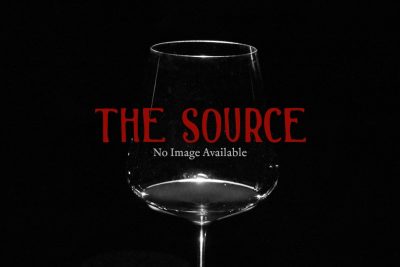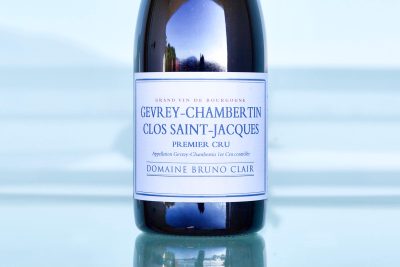Bruno Clair
-

2009 Gevrey Chambertin Rouge, 1er Cru Les Cazetiers
$251.00 -

2012 Bonnes Mares Rouge, Grand Cru
$675.00 -

2012 Bonnes Mares Rouge, Grand Cru Magnum
$800.00 -

2012 Clos de Bèze Rouge, Grand Cru
$500.00 -

2012 Clos de Bèze Rouge, Grand Cru Magnum
$900.00 -

2012 Gevrey Chambertin Rouge, 1er Cru Clos Saint-Jacques Magnum
$701.00 -

2012 Gevrey Chambertin Rouge, 1er Cru Les Cazetiers Magnum
$500.00 -

2013 Bonnes Mares Rouge, Grand Cru
$401.00 -

2013 Clos de Beze Rouge, Grand Cru
$675.00 -

2013 Gevrey Chambertin Rouge, 1er Cru Clos Saint-Jacques
$350.00 -

2013 Gevrey Chambertin Rouge, 1er Cru Les Cazetiers
$200.00 -

2015 Vosne Romanee Rouge, Les Champs Perdrix
$162.00

